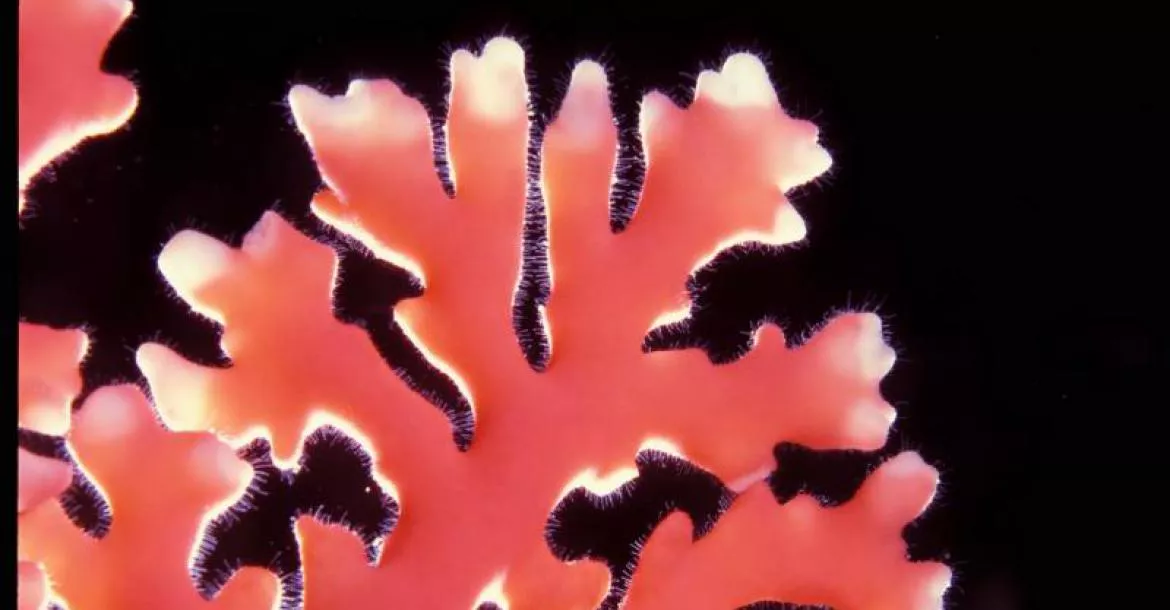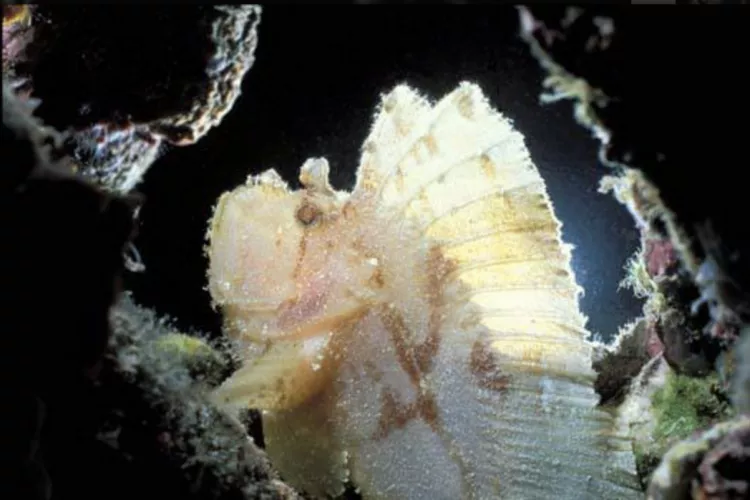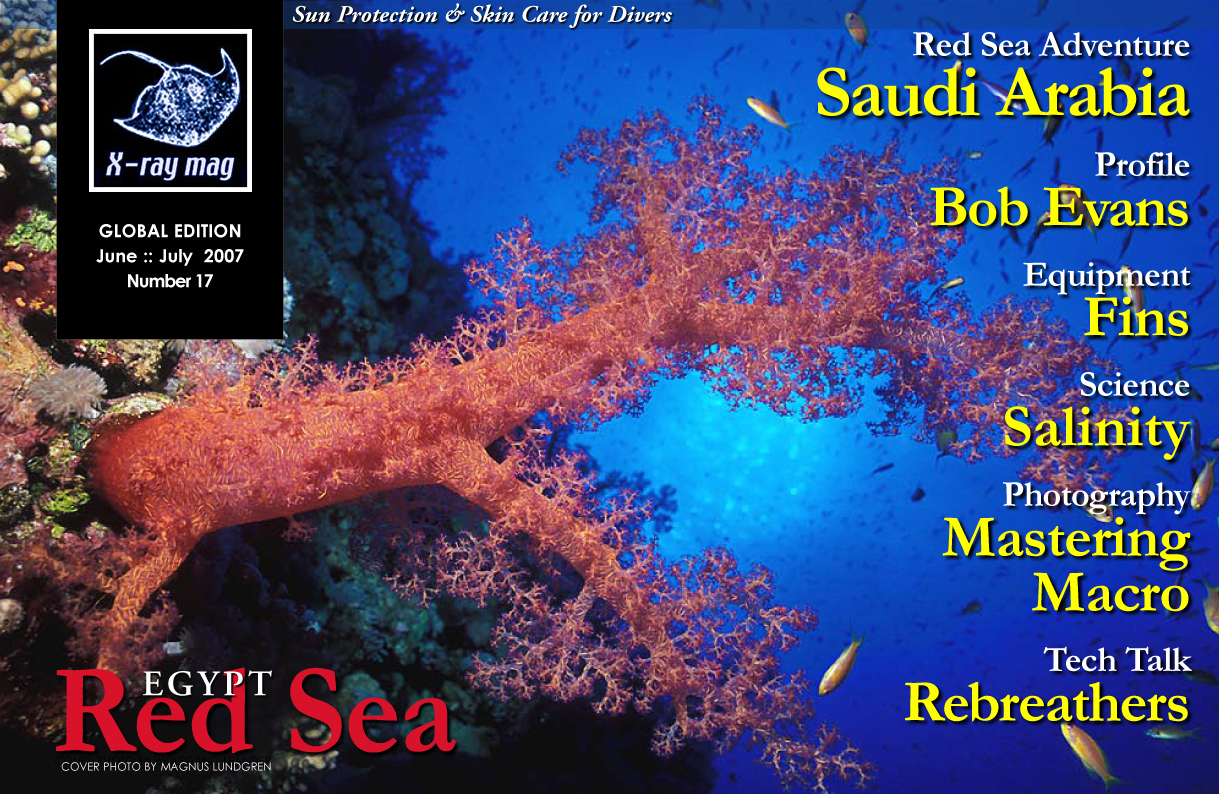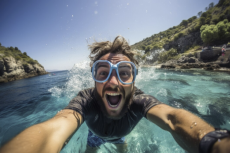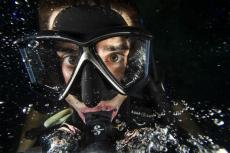Differences of opinion have raged throughout history as to where close-up photography ends and macro photography begins. For underwater photographers, this question tends to be academic, though: all we are trying to achieve is detail and the best angle and frame to make the most of it.
Contributed by
Close-up photography under water is not technically challenging. Thanks to TTL metering or the immediate feedback offered by shooting digital, exposure is a piece of cake. Also, all your tried and proven techniques that you have learned on dry land works under water as well.
Within the scope of this article, we define macro photography as ranging between a reproduction ratio from 1:3 to 1:1. A 1:3 ratio means that the subject’s reproduction of film is a third of the actual size. Likewise, a 1:1 ratio means the that the subject gets reproduced on film in its actual size. To take pictures in the macro range, we need special macro lenses and a corresponding flat port for the underwater housing.
Macro lenses can usually focus continuously from infinity down to their maximum reproduction ratio. Alternatively, the standard lens (around 50mm focal lens) can be used in conjunction with distance rings. However, distance rings restrict the lens to a certain focus range close up, and as they can’t be removed during a dive, this option has its limitations. A “classic macro lens” has a focal length of 50 to 60mm and f1:2.8.
Focal lengths of 100 or 105mm or 180 or 200mm don’t result in a larger reproduction ratio but enables the photographer to keep a greater distance to the subject. This can be a distinct advantage, even a necessity, when attempting to photograph shy creatures.
Technique
There are some distinct differences between extreme close-up photography and other techniques. Due to the long extension seen in macro lenses the distance to CCD-Sensor or film is increased and this drastically reduces light transmission.
Owners of TTL strobes (for film cameras) have distinct advantage on this point as they don’t need to calculate how to compensate for this reduction. Automatic strobes for digital photography, on the other hand, does not have this important feature anymore, because the photographer can immediately control the exposure of the image—particularly, by checking the histogram, which is the most accurate method.
Focus can also be a challenge in close-up photography, with the depth of field dropping away exponentially as the (...)
Published in
- Log in to post comments

